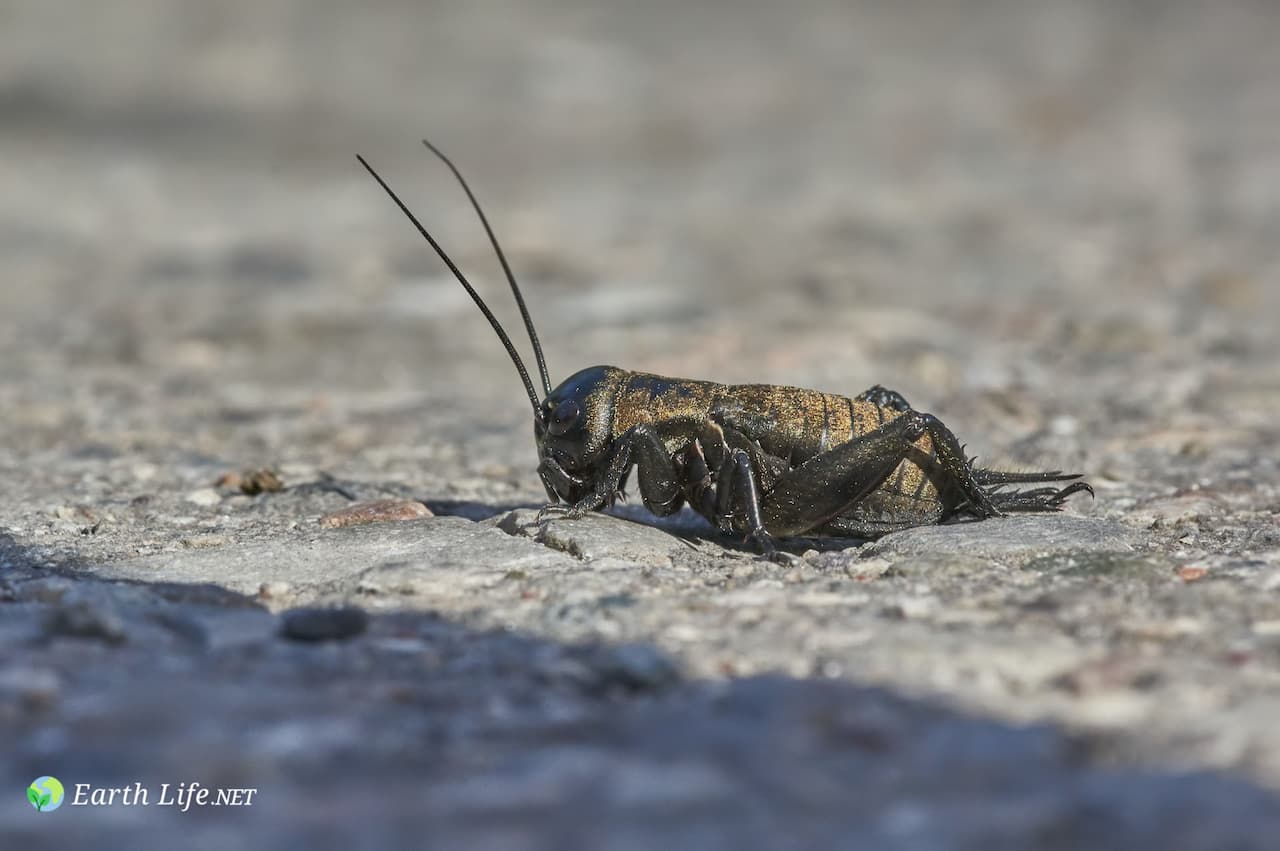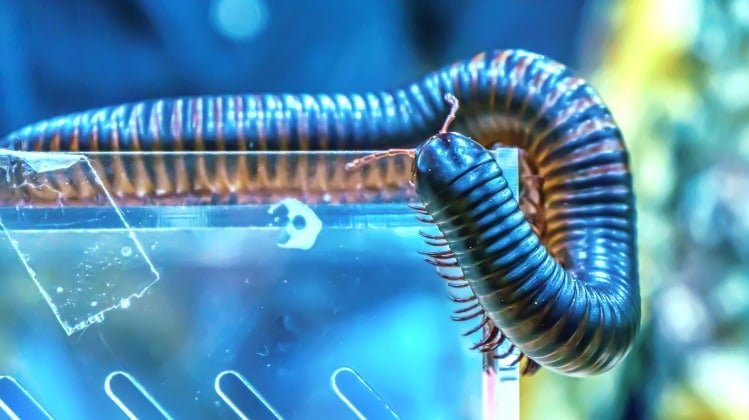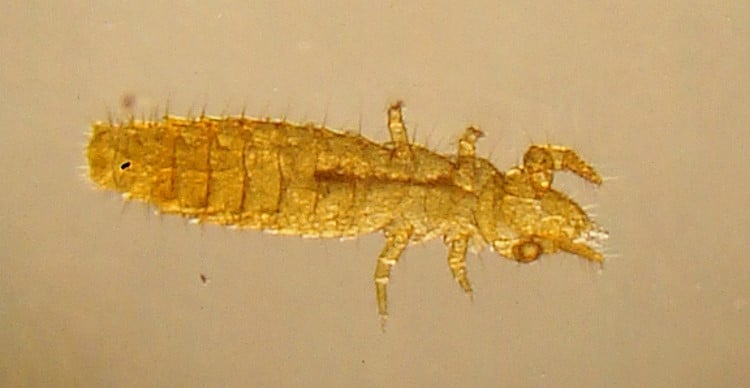Do insects have organs?
[modified-date]
[social-share]
On the outside, insects may look significantly different from humans. Still, on the inside, we’re built in many similar ways.
Many insect organ systems function just the way ours do. Of course, since insects are highly specialized, numerous specific variations in organ anatomy enable these little critters to perform the way they do.
Do insects have organs?
Insects have internal organs (e.g., insects with hearts) and external (e.g., antennae). Individual organs are connected into one system that serves a specific purpose – digestion, circulation, excretion, etc. Particular organs and systems, such as glands for silk production, enable insects to execute actions that make their species unique.
Do insects have nerves?
Insects have nerve cells, a well-defined nervous system, and a sensory organ. However, it is entirely different from what we see in vertebrates like humans.
The insect nervous system is relatively simple. A series of ganglia – nerve clusters – are distributed throughout the insect’s body and help control bodily functions in each.
They are mutually connected with nerve cells into so-called ganglionic chains on the body’s ventral (stomach) side.
Do insects have brains?
Insects also have brains – well, sort of.
Three pairs of ganglia in the head, called protocerebrum, deutocerebrum, and tritocerebrum, are fused and together form the “insect brain” (brace yourself for the spelling – the supraesophageal ganglion).
Can an Insect Survive Without a Head?
Have you ever heard that a roach could live without its head?
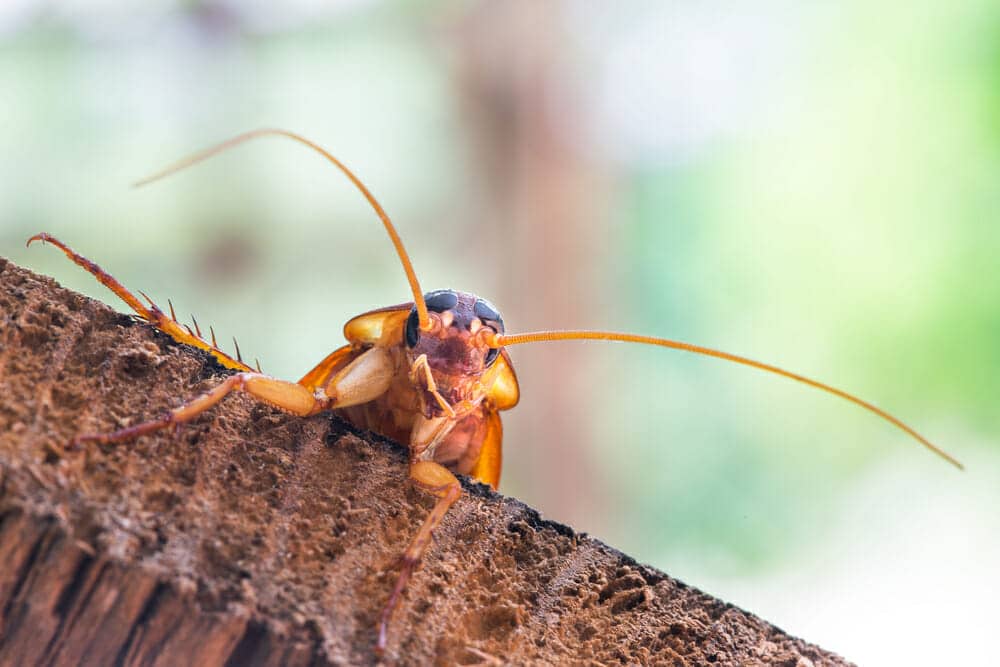
Cockroach head
Some insects’ bodies can function even when beheaded – thanks to their ganglionic chains with “mini-brains” in each body segment and their scattered breathing system.
Still, such a headless life is limited – a cockroach body can stay “alive” for about a month.
Related articles:
- Bug vs Insects
- Insects with stingers with wings
- Difference between insects and mammals
- What insects have tails?
Do insects have lungs?
This is one of the rare answers that start with a “No.” The insect respiratory system is strikingly different from humans. Instead of lungs or another central organ for breathing, they have the tracheal tube system.
The entry point for the air is the spiracles, the small openings that line the insect’s exoskeleton and open as needed to let the oxygen inside the tracheal tubes. Imagine having nostrils all over your body!
Do insects have a circulatory system?
Insects indeed have a circulatory system – they even have a beating heart!
The insect circulatory system lacks blood cells such as veins and arteries. It is called an open circulatory system, in which the hemolymph (the arthropod equivalent of blood) flows freely through the body and brings nutrients to organs directly.
The insect heart is elongated because it is a part of the main circulatory structure called the dorsal vessel, which stretches through the insect’s body. The heartbeats (yes, the insect heartbeats for real) help blood reach all the internal organs.
Because the tracheal tubes take care of the oxygen supply, the hemolymph doesn’t have to carry oxygen – it deals only with nutrients and metabolism byproducts.
Do insects have stomachs?
Often known for their voracious appetites, insects certainly have stomachs – although the name “stomach” is not used scientifically.
Even more, insects have complete, closed, complex digestive systems made out of multiple organs.
The (literal) centerpiece of the digestive system is the “tube” – the alimentary canal that runs through the center of the body.
What insect organs digest their food?
The food enters at the beginning of the canal – the mouthparts with salivary glands – and the indigestible remains exit at the rear end – the anus. Digestion happens in between, as food travels through the tube and its specialized parts.
Due to these specializations, the alimentary canal consists of three sections – the foregut, the midgut, and the hindgut.
The Foregut (Stomodaeum)
The first part of the gut serves for the primary breakdown of food. Large particles are processed into a paste, largely thanks to the salivary gland.
Did you Know?
The foregut’s individual parts (organs) are the Buccal cavity, the esophagus, and the crop.
The crop is the last station of the foregut – it can store food for some time. After the crop, the food is passed into the next section – the midgut.
The Midgut (Mesenteron)
The midgut is where real digestion happens through the action of digestive enzymes.
The midgut wall is equipped with small worm-like projections called microvilli, which increase the surface for nutrient absorption.
The Hindgut (Proctodaeum)
The hindgut is the section for the last stage of digestion – here, the undigested food mixes with the uric acid (“pee”) from the Malpighian tubules (see below) to form poo pellets; these get dehydrated in the rectum and exit the tube through the anal opening.
Insect excretory system
The Malpighian tubules are the insect kidney equivalents. They extract the excessive uric acid and other nitrogenous byproducts and expel them in the hindgut.
Do insects have reproductive organs?
There are many reproductive system designs and strategies in the insect world, but all have reproductive organs inside their abdomen.
Females have two ovaries in the abdomen that create eggs (usually a great number), and males with two testes.
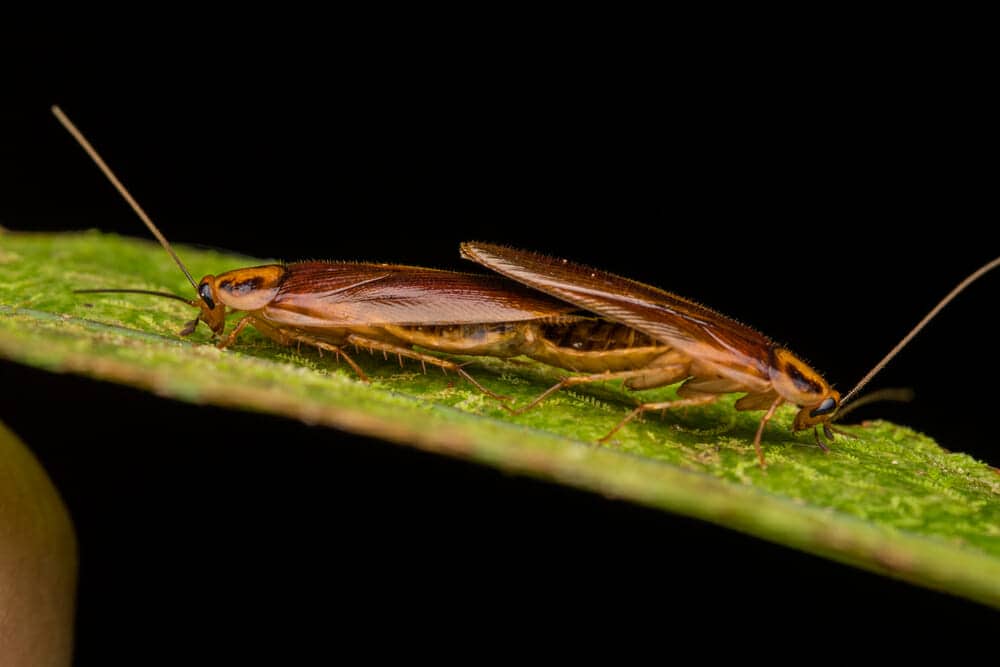
Egg fertilization is internal and happens inside the female’s body. That is why there are also additional reproductive glands, ducts, and copulatory organs (in males).
To position the eggs in place under the ground or tree bark, females of most insects have ovipositors of various shapes and sizes. The ovipositor is the only sex organ visible on the outside.
Conclusion
Insects have organs and complex organ systems, pretty much similar or analog to what we see in more familiar creatures such as mammals.
Specific and specialized insect organs mirror their evolutionary adaptations, and an astounding number of them exist.
That is why their anatomy is a good example and reflection of insect diversity – not always visible on the outside, but impressive nevertheless.
Resources
- Can a cockroach really live without its head? – BBC Science Focus Magazine
- Circulatory System, General Entomology, North Carolina State Agriculture and Life Sciences, retrieved: November 13, 2022
- Insect Form and Function, Encyclopedia Britannica, retrieved on: November 13, 2022.
- Internal Anatomy of an Insect. Thought Co. January 17, 2019.
- Nervous System, General Entomology, North Carolina State Agriculture and Life Sciences, retrieved: November 13, 2022
- Silks produced by insect labial glands, Prion, PubMed Central, December 2008.

Katarina Samurovic is an environmental analyst by education and a freelance scientific writer by choice and passion. She specializes in conservation biology, biodiversity, insect ecology, and trees.
Disclaimer
Earthlife.net does not provide medical advice. We do our best to help users understand the science behind living beings; however, the content in the articles and on the website is not intended to substitute for consultation with a qualified expert. By interacting with the website and/or our email service, you agree to our disclaimer. Remember that you must consult a specialist before using any of the products or advice on the web.


